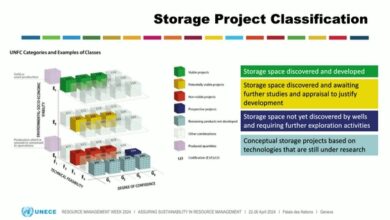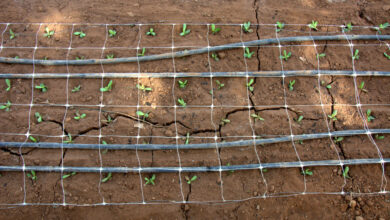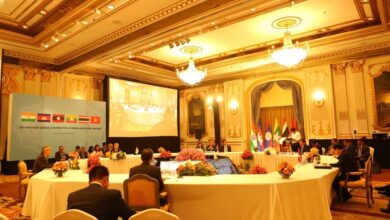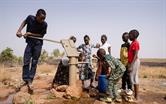Sustainable solutions to water scarcity
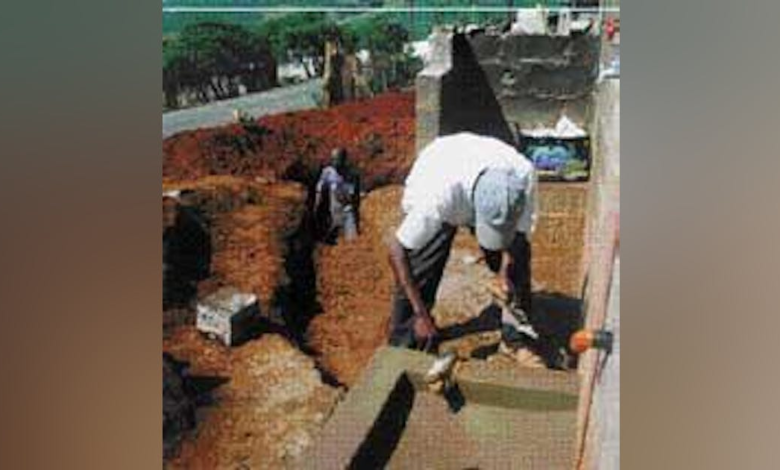
The long-term effects of climate change, evidenced by a proven increase in average temperatures and rainfall reduction in the region, calls for water professionals with political support from government leaders, to optimise water resource management and increase desalination and water reuse.
IWRM promotes a holistic approach for the finite water resource that considers all users, planners and policy makers. One practical benefit that resulted from numerous high-level environmental conferences is an increase in communication and initiatives between municipalities, non-governmental organisations (NGOs) and private enterprise. For example, the KwaZulu-Natal pilot project in South Africa demonstrates that this tri-sector partnership brings added value to both township communities and to all three parties. These informal settlements provide homes for 26% of the population in Durban.
The worldwide Business Partners for Development (BPD) programme, established by the World Bank in 1998, includes this pilot project. Vivendi Water, with their project partners — Durban Metro, City of Pietermaritzburg, Umgeni Water, Mvula Trust (NGO) and Water Research Commission – installed and operate a new water distribution network for the townships in Durban and Pietermaritzburg. The partnership also trains employees to operate the system.
The water system implemented in the KwaZulu pilot project includes low-pressure water distribution that continually feeds a potable water tank in the customer’s property with a maximum of 200 litres per day. Trained water bailiffs selected by the community manage the system in addition to standpipes available for those who are not connected to the low-pressure system. Trained local staff works with water bailiffs to provide maintenance. Customers using less than 200 litres per day are supplied free of charge following an initial US$ 24 connection fee.
Durban Water Recycling (DWR) is a Durban Metro — Vivendi Water public-private partnership that provides a 20-year build-own-operate and transfer service to Durban Metro, which started operating in May 2001. Primary sewage is treated and reclaimed water is repurified at 47,500 m3/day. This recycling system treats seven percent of the wastewater being discharged to the sea and guarantees a low cost, high quality industrial water supply to the MONDI Paper mill and the SAPREF Refinery.
These sustainable solutions in Durban provide the following benefits:
• Community partnership with affordable water supplies in poor informal settlements;
• Making available an additional eight percent of potable water for the community;
• Guaranteeing lower water costs to industry (25% than potable);
• And reducing flow to an overloaded long sea outfall, thereby extending its life.
By 2004, the 330,000 m3/day groundwater replenishment project at Orange County Water District’s (OCWD) Water Factory 21 in the US state of California will purify for reuse highly treated wastewater that is currently discharged to the ocean. The project will provide a drought-proof water resource for industry and irrigation, reduce wastewater disposal to the sea, and provide clean water to inject into deep groundwater aquifers to prevent seawater intrusion. The OCWD plans to eventually expand capacity to 405,000 m3/day.
Over abstraction of groundwater resulted in saline ingress up to eight kilometres inland along the Californ-ian coast in the 1950s. Consequent-ly, three fresh water injection barriers were created to control saline ingress. Imported fresh water has been injected for more than 40 years and for 25 years repurified wastewater treated to drinking water standards has been used to provide saline ingress control and aquifer recharge for indirect potable use.
The Orange County Water District (OCWD) supplies approximately two million people with potable water. The population is expected to increase to almost three million within the next 20 years. To meet the increased demand, OCWD and Orange County Sanitation District (OCSD) developed a cost-effective solution to provide a supplemental source of high quality water. The two agencies are sponsoring this water purification project, known as Groundwater Replenishment System (GWRS), to purify for reuse additional highly treated wastewater.
Secondary wastewater from OCSD will be treated through microfiltration, reverse osmosis and ultraviolet disinfection. Approximately 80% of the potable quality water produced by the GWRS will be piped 21 km to the OCWD recharge facilities, while the balance will be used to expand the existing seawater intrusion barrier.
